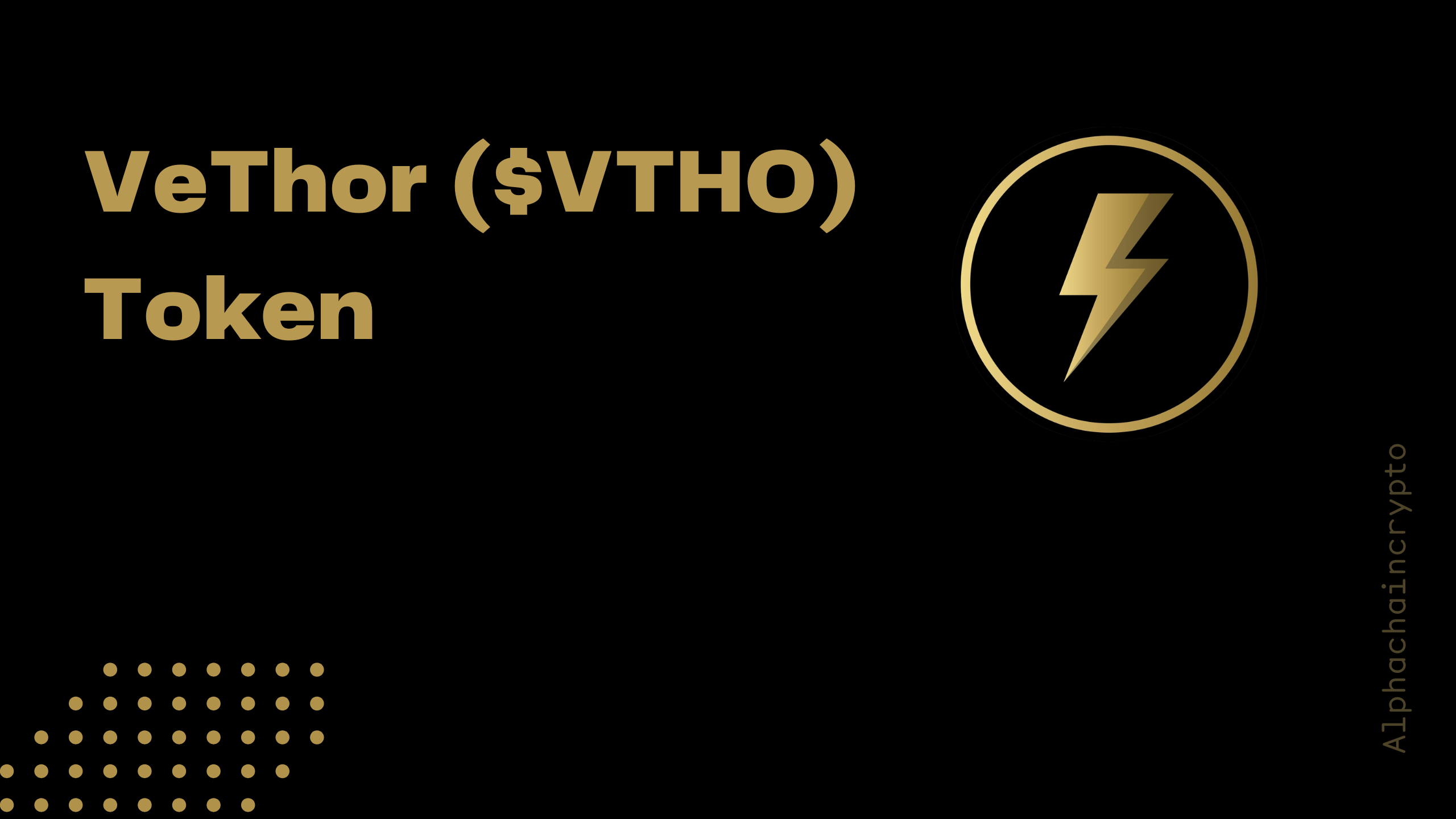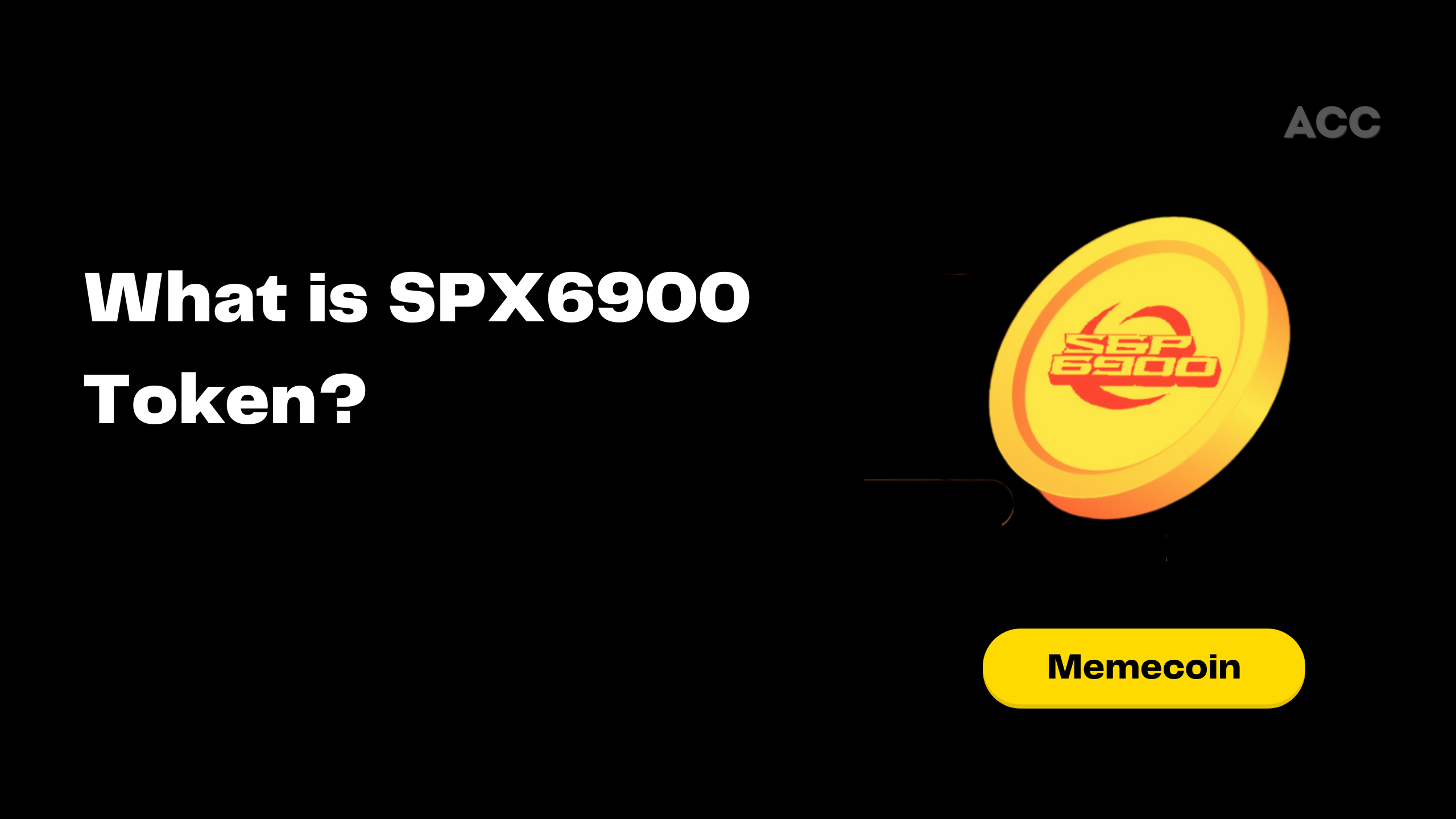Introduction
Decentralized exchanges (DEX) have revolutionized the way we trade cryptocurrencies. Unlike their centralized counterparts, DEXs operate without intermediaries, providing users with more control over their assets.
As blockchain technology continues to evolve, understanding DEXs becomes increasingly important for anyone involved in the cryptocurrency space.
This article will delve into what DEXs are, how they function, and highlight the major players in the market.
Additionally, we’ll walk you through using a DEX, specifically Uniswap, and discuss the advantages and potential pitfalls of decentralized trading platforms.
What Are Decentralized Exchanges?
Decentralized exchanges are platforms that facilitate the trading of cryptocurrencies without the need for a central authority. Instead of relying on a company or organization to oversee transactions, DEXs use smart contracts on the blockchain to automate and secure trades. This decentralized nature allows for greater transparency, security, and user control.
Key Features of DEXs
- Self-Custody: Users retain control of their private keys and funds, reducing the risk of hacks associated with centralized exchanges.
- Smart Contracts: Transactions are executed automatically through smart contracts, eliminating the need for intermediaries.
- Liquidity Pools: DEXs use liquidity pools where users can deposit tokens and earn rewards, enabling trading without traditional order books.
- Anonymity: Many DEXs require no personal information, allowing for greater privacy in trading.
The Evolution of DEXs’
The concept of decentralized exchanges gained traction with the rise of decentralized finance (DeFi). The first major DEX, EtherDelta, launched in 2016 on the Ethereum network, marked the beginning of a new era in cryptocurrency trading. Since then, numerous DEXs have emerged, each offering unique features and improvements over their predecessors.
The Biggest DEXs in the Market
Among the many decentralized exchanges, a few have risen to prominence due to their innovative features and large user bases. The most notable include:
- Uniswap: Often considered the leader in the DEX space, Uniswap is an automated market maker (AMM) that allows users to trade ERC-20 tokens directly from their wallets.
- Curve Finance: Known for its focus on stablecoin trading, Curve offers low slippage and low fees, making it a popular choice for stablecoin swaps.
- dYdX: A decentralized trading platform offering perpetual contracts with leverage, dYdX is a go-to for advanced traders looking for decentralized derivatives.
- PancakeSwap: Operating on the Binance Smart Chain, PancakeSwap is one of the most popular DEXs outside the Ethereum ecosystem, known for its low fees and fast transactions.
How Do DEXs Work?
The operation of a DEX is straightforward yet innovative. At its core, a DEX allows users to swap one cryptocurrency for another without an intermediary. Here’s a breakdown of the process:
Automated Market Makers (AMM)
Most DEXs utilize an AMM model, which replaces traditional order books with liquidity pools. Liquidity providers (LPs) deposit their tokens into these pools, and traders can swap tokens by interacting with the pool. The AMM algorithm determines the price of the tokens based on the ratio of tokens in the pool.
Liquidity Pools
Liquidity pools are the backbone of AMM-based DEXs. When users want to trade tokens, they interact with a liquidity pool rather than matching with a buyer or seller. For example, if a user wants to swap Ethereum (ETH) for DAI, they would interact with an ETH/DAI liquidity pool. The AMM ensures that the pool remains balanced by adjusting the price of the tokens based on the pool’s ratio of assets.
Yield Farming
Liquidity providers earn rewards by contributing to liquidity pools. This process, known as yield farming or liquidity mining, allows users to earn a portion of the trading fees generated by the pool. Additionally, some DEXs offer additional incentives, such as governance tokens, to liquidity providers.
Understanding Impermanent Loss
One of the risks associated with providing liquidity to a DEX is impermanent loss. This occurs when the price of the tokens in a liquidity pool changes relative to each other, potentially leading to a loss in value for the liquidity provider compared to holding the tokens outright. However, the loss is termed “impermanent” because it only becomes permanent if the provider withdraws their liquidity at a time when the prices have diverged significantly.
Mitigating Impermanent Loss
Liquidity providers can mitigate impermanent loss by choosing pairs with low volatility or by participating in pools that offer high rewards to offset potential losses. Additionally, some DEXs, like Curve, are designed to minimize impermanent loss by focusing on stablecoins, which have less price volatility.
The Concept of Slippage
Slippage is another factor to consider when trading on a DEX. It occurs when the market price changes between the time a transaction is initiated and when it is executed, leading to a difference between the expected and actual transaction price. Slippage is more likely to occur in markets with low liquidity, high volatility, or large order sizes.
To minimize slippage, traders can do the following
- Use limit orders: Some DEXs allow traders to set a maximum or minimum price for their trade, reducing the risk of slippage.
- Trade during periods of low volatility: Slippage is less likely when market conditions are stable.
- Choose pairs with high liquidity: Trading pairs with more liquidity are less prone to significant price changes during transactions.
Downsides of Using a DEX
While DEXs offer many advantages, they are not without their challenges. Some of the potential downsides include:
Lack of User Support
DEXs typically lack customer support services, relying instead on community forums and documentation. This can be challenging for new users who may need assistance.
Low Liquidity
Some DEXs, particularly those with less popular tokens, may suffer from low liquidity, leading to higher slippage and less favorable trading conditions.
Security Risks
While DEXs are generally considered more secure than centralized exchanges, they are still vulnerable to smart contract bugs and other technical risks. It is crucial to use well-audited and battle-tested DEXs to mitigate these risks.
Complexity for New Users
The decentralized nature of DEXs means that users are responsible for managing their private keys and navigating the platform without centralized support, which can be daunting for beginners.

A.k.a – alpha girl. Vinita is the founder of Alphachaincrypto. An English Lit Majors, Vinita bumped into Web3 in 2020 only to realise that tech was her calling. Later, Mathreja worked for some notable brands like Near Education, Biconomy, CoinDCX and top of the line crypto start ups.





